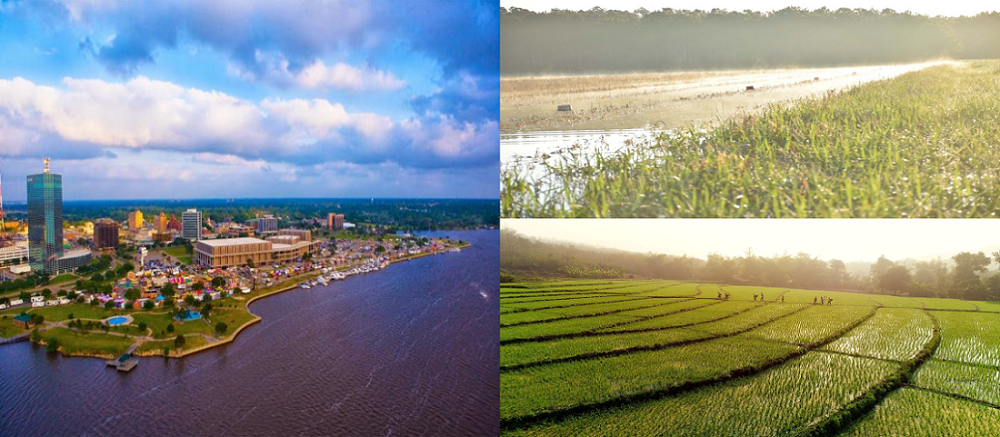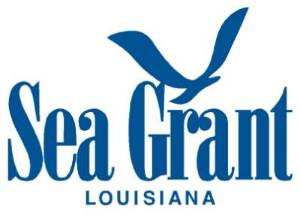Chicot Aquifer Groundwater Availability Study
Project Sponsors: Louisiana Sea Grant
Investigators: Emad Habib (ULL), David Borrok (Missouri S&T University), Frank Tsai (LSU), Kari Smith (ULL), JoAnne DeRouen (ULL)
Graduate Students: Hamid Vahdat-Aboueshagh (LSU), Olivia LaHaye (ULL), Meredith Guidry (ULL)
Award Length: 2018-2020 (LSG)

Project Summary: Chicot aquifer as the most important aquifer in Louisiana and major water resource in the southwest part of the state supplies water for agriculture, aquiculture, industry and public section. Tapped by more than 2300 pumping wells, Chicot aquifer provides approximately 400 Million Gallons per Day (MGD) mostly used for irrigating rice, soybean and corn, fields as well as growing crawfish. Since the Chicot area is the major producer of rice in the state and Louisiana is ranked third in the entire nation for its rice, Chicot aquifer plays a vital role in economy. Intensified water abstraction from the aquifer during the last decade has caused serious problems such as saltwater intrusion from the Gulf of Mexico and soil subsidence. These issues eventually lead to loss of freshwater resources in addition to land loss in the gulf side of the region. Focusing on groundwater modeling in our study, we have processed more than 30000 well log data from three sources of electrical logs, screen information from USGS, and drillers’ logs and developed the very first complex groundwater model for the Chicot aquifer. Groundwater flow directions and patterns, recharge zones, head variations, and cones of depression in the aquifer can be identified through our groundwater model. It also can bring insight into saltwater fronts and recognizing the areas encountering the thread of land loss. In order to further investigate water resources in the region, our groundwater model contributes to an Aquifer Storage and Recovery (ASR) project in collaboration with University of Louisiana at Lafayette. This study links two surface water and groundwater model and aims to look for a feasible solution where saltwater intrusion encroachment and land subsidence impacts are counteracted in the aquifer system. Harvesting the surface runoff and conveying it into the aquifer system through injection wells to create a freshwater buffer is the underlying idea of the project. In addition to combating the adverse effects of water overdrafting from the groundwater system, ASR project can help to augment the freshwater storage in the aquifer. More explanatory material of ASR project may be found at: http://asrlouisiana.weebly.com/
